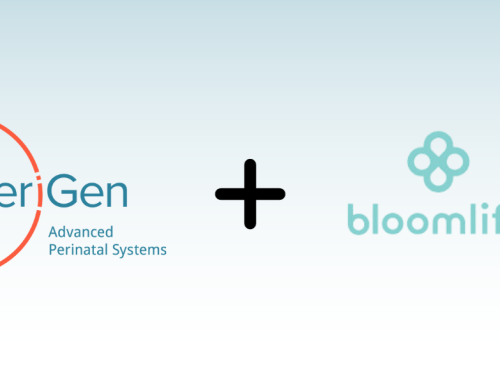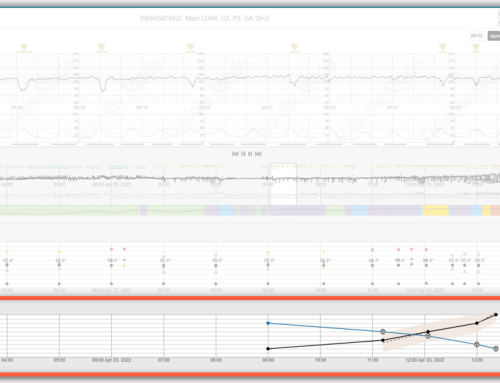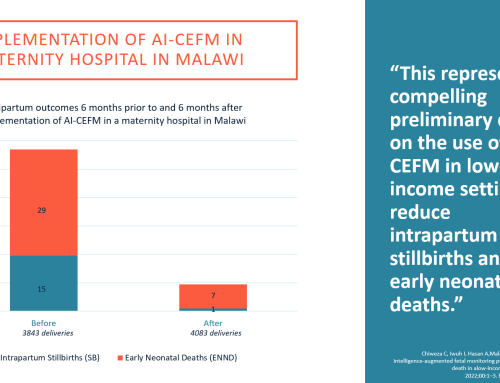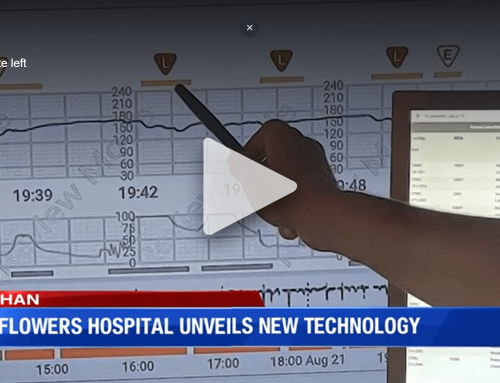MCN in Advance | December 8, 2022
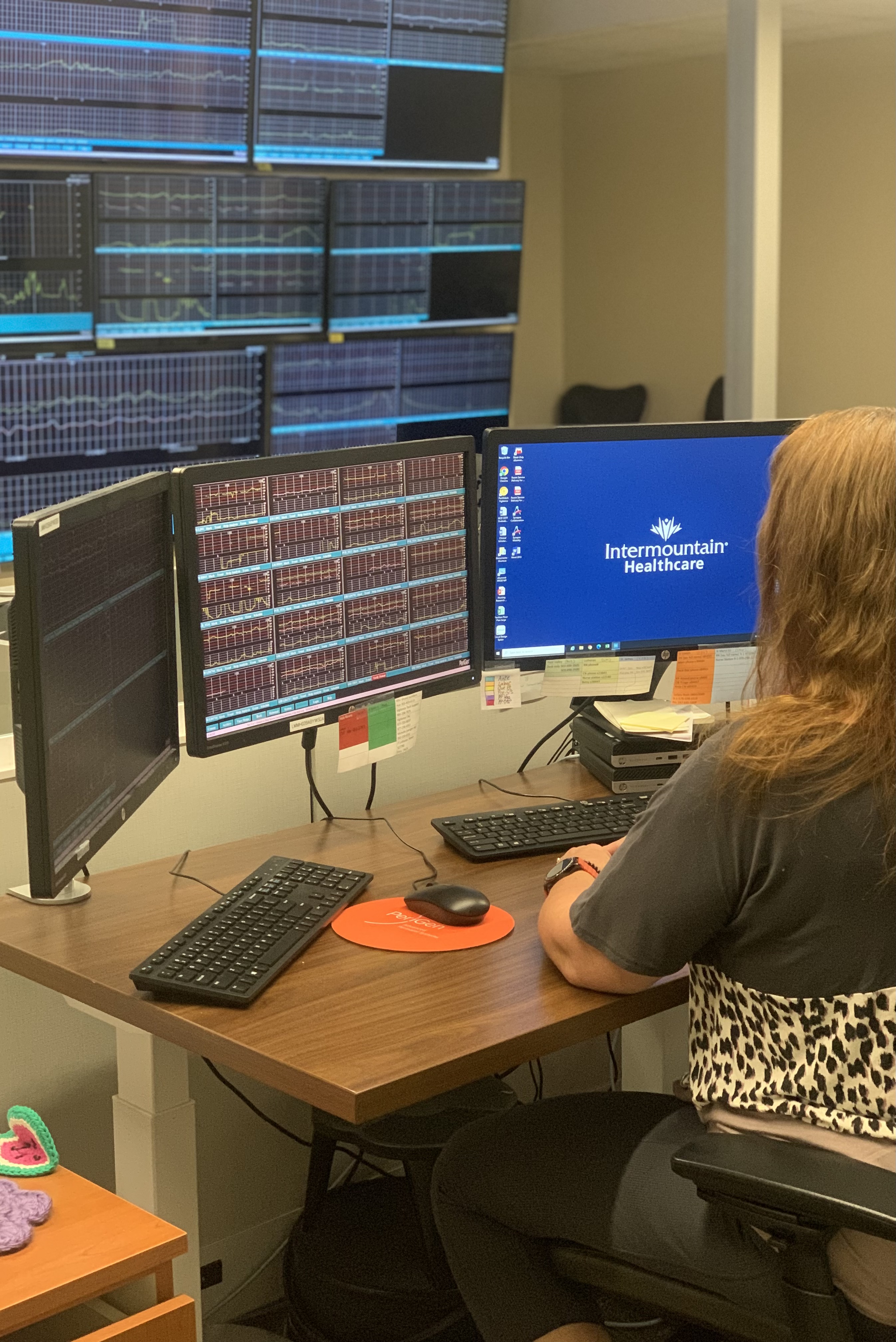
Methods: A pilot project, OB HUB, facilitated implementation of a centralized remote fetal surveillance unit including artificial intelligence software and nurse experts dedicated to fetal monitoring interpretation. A telemetry room was established. Notification parameters were created to promote consistent communication between OB HUB nurses and bedside nurses. Outcomes for term neonates included body cooling, arterial cord pH less than 7.0, Apgar scores less than 7 at 5 minutes, emergency cesarean births, and cesarean births. Surveys were used to evaluate team perceptions of fetal safety.
Results: There were 2,407 births 6 months pre OB HUB implementation and 2,582 births during the 6-month trial, for a total sample of 4,989 births included in the analysis. Six births (0.25%) resulted in cooling prior to implementation and 2 (0.08%) cooling events occurred during the trial; these differences were not significant (p = .1). There were no significant differences
between groups for neonatal outcomes. Average level of safety perceived by nurses and providers remained relatively unchanged when comparing pre and postimplementation survey results; however, of those responding, 78.8% of nurses indicated the OB HUB improved safety.
Clinical Implications: There were few adverse events in either group, thus it was a challenge to demonstrate statistically significant improvement in neonatal outcomes even with a sample of nearly 5,000 births. A larger sample is needed to support clinical utility. The OB HUB was perceived favorably by most of the L&D nurses.


